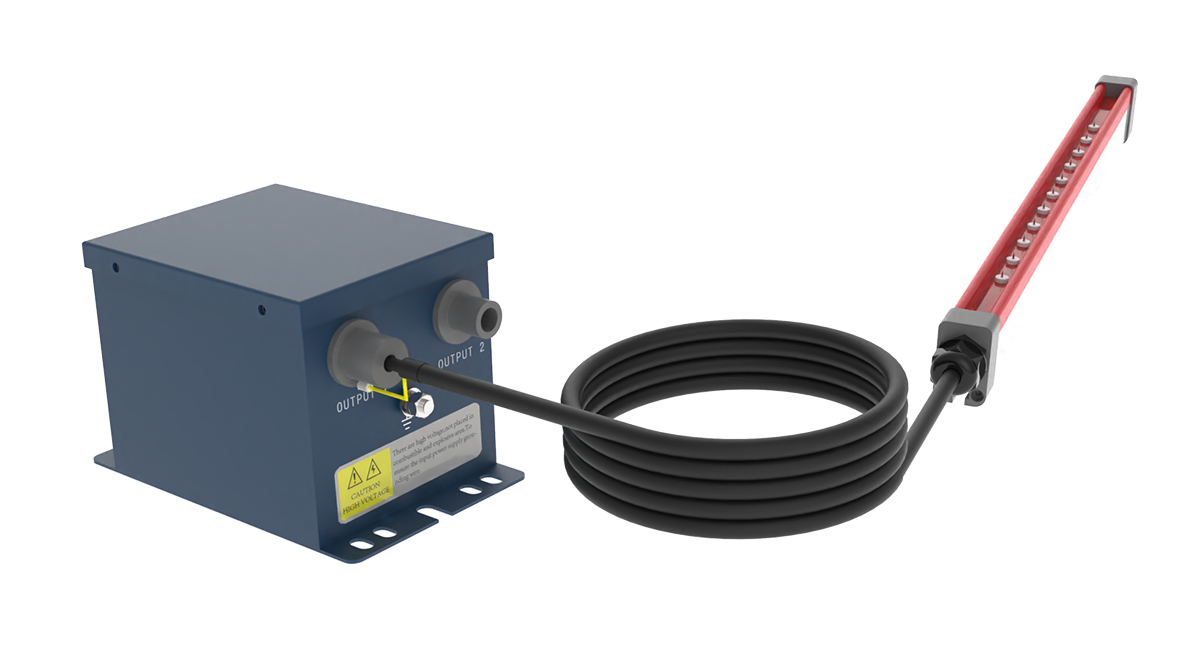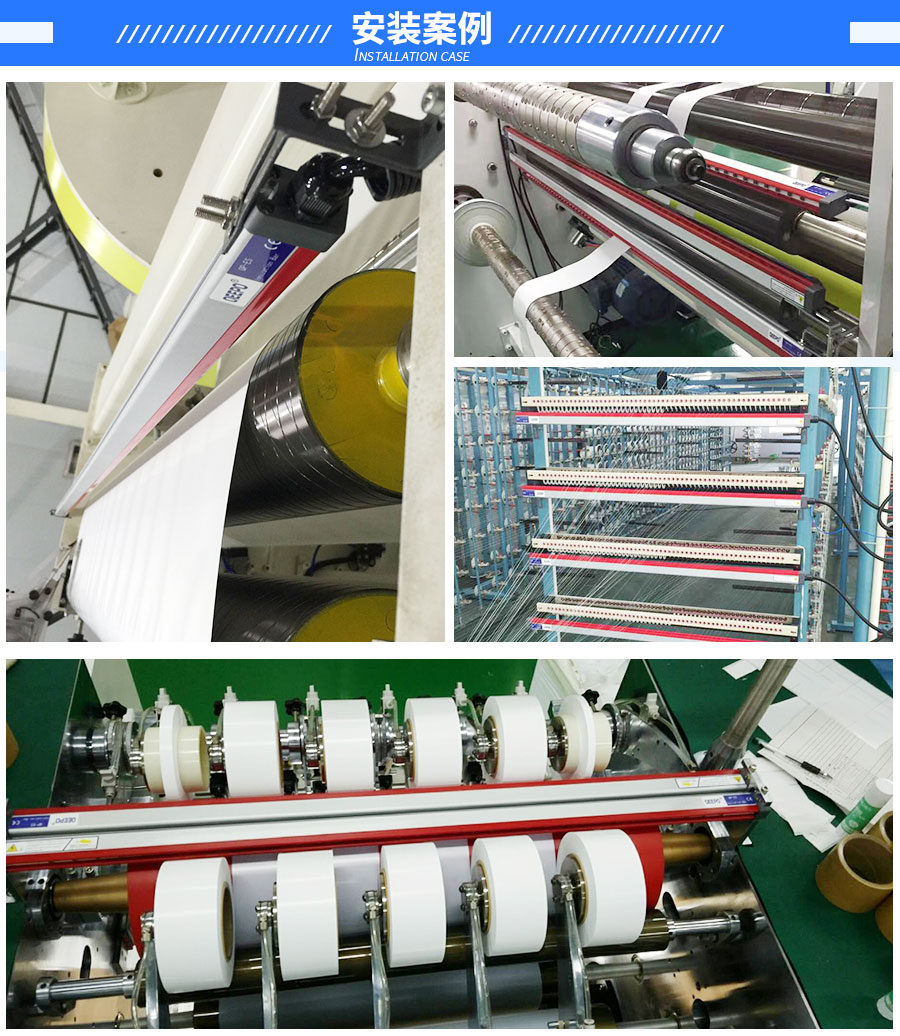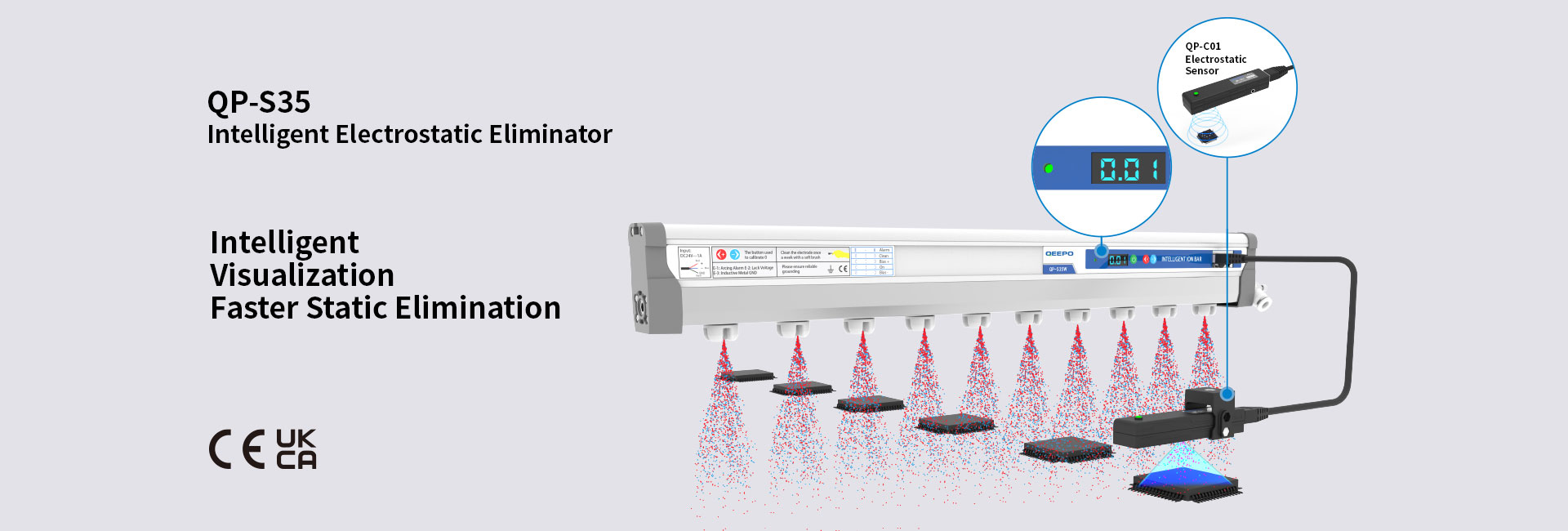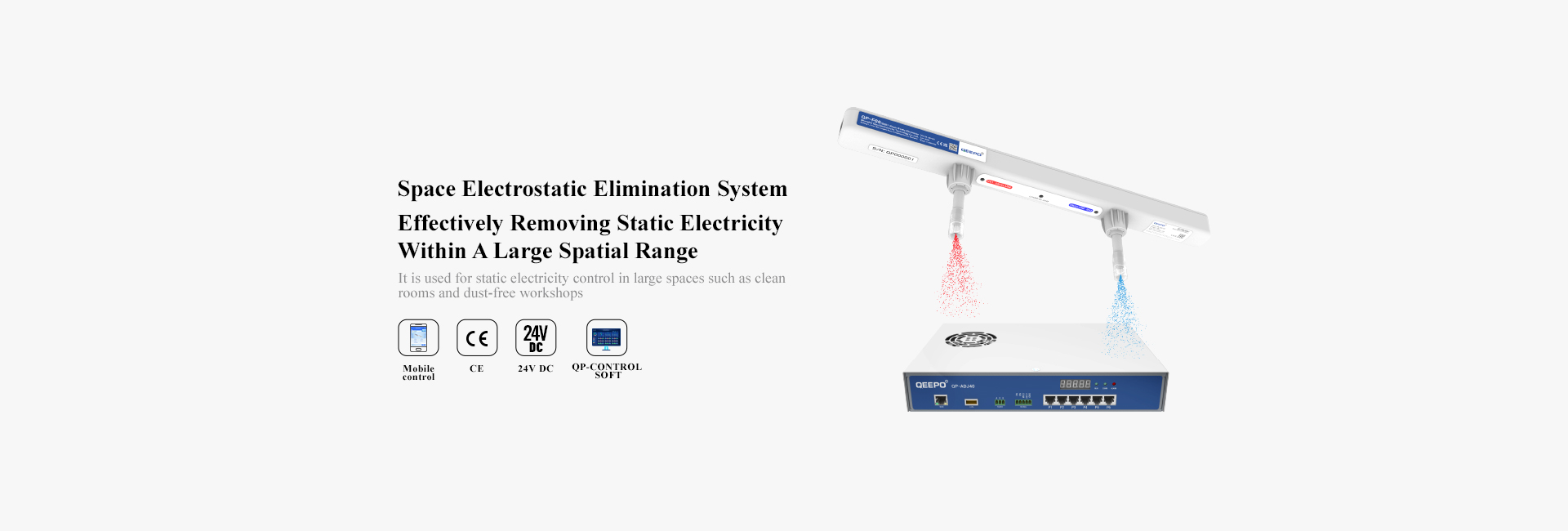The air contains 78% nitrogen molecules, and most of the rest are oxygen molecules. There is also a small amount of carbon dioxide and water vapor. These molecules in the air have positive or negative ionization due to climatic conditions such as wind, storm, lightning, solar irradiation or radioactive substances on the earth’s surface, and then produce air ions. These air ions have positive or negative polarity, and can also be neutralized by absorbing the opposite polarity.

Electrostatic eliminator (ionizer) uses this feature to provide ions with opposite polarity of charged objects. They force the charge in the object to be neutralized, so as to eliminate static electricity for the object. Electrostatic eliminator (ionizer) can not only effectively neutralize (eliminate) static electricity, but also prevent small particles in matter or air from being charged. They are also often used as supplementary means when humidification or grounding methods cannot be used, and have become an indispensable part of antistatic control.

According to the way of ionizing air molecules, electrostatic eliminators (ionizers) can be divided into two types: “corona discharge” type and “light” type. The “corona discharge” type electrostatic eliminator concentrates the electric field in the needle shaped discharge electrode to generate corona discharge and eliminate static electricity through ionized air. “Corona discharge” type can be further divided into “self discharge” type and “high voltage application” type. The “light” type electrostatic eliminator is also known as the “soft X-ray” type because it uses soft or weak X-rays.
After the electrostatic rod is connected to the power supply, the needle tip ionizes the air to produce ions, which are released to the surface of the object to neutralize static electricity
Post time: Jul-21-2022


